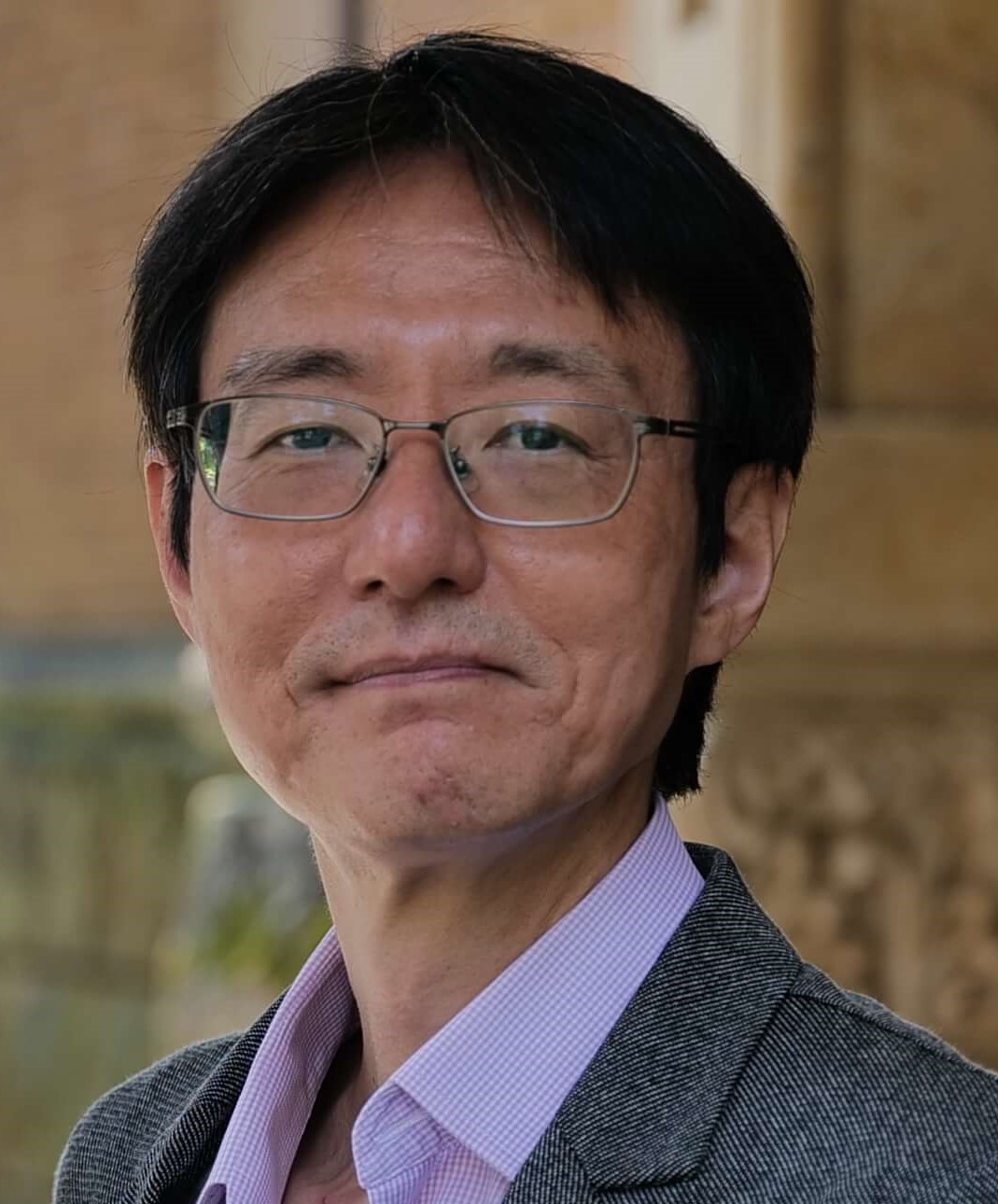In September 2024, a book titled Asia Rising: A Handbook of History and International Relations in East, South and Southeast Asia, which has a chapter titled “The Cold War in Asia After 1953” written by Professor Toshihiko Aono of the Graduate School of Law, was published from Springer. This book comprehensively examines Asian history from the perspective of international relations. In his chapter, Professor Aono provides an overview of the Cold War in Asia after 1953 through analyses of significant events in East Asia, Southeast Asia, and South Asia, drawing on his insight that the evolution and transformation of relations among the United States, the Soviet Union, and the People’s Republic of China (PRC) became focal points of the Cold War in Asia from the early 1950s onward. Professor Aono argues that the shifts in the “triangular” relations among the U.S., the Soviet Union, and PRC from 1953 to 1989, brought about by divisions among these superpowers and the process of détente, shaped the course of regional conflicts in Asia and, conversely, were influenced by them as well. While noting the difficulty of making broad generalizations about the impact of the end of the Cold War on subsequent regional conflicts in Asia, he emphasizes that the cessation of foreign intervention brought about by the end of U.S.-Soviet hostilities and the normalization of Sino-Soviet relations formed the backdrop for resolving regional conflicts, although ultimately, the resolution of these conflicts depended on local and regional actors.
https://link.springer.com/book/10.1007/978-981-97-4375-9


